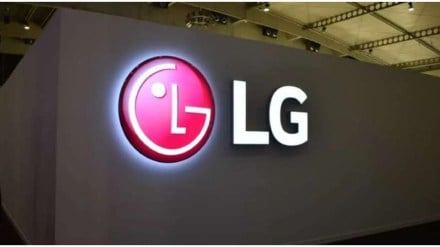LG Electronics India will double manufacturing capacity in five years as it seeks to make the country a global manufacturing hub, Sanjay Chitkara, chief sales officer, said on the sidelines of its IPO event on Wednesday. The company is setting up its third manufacturing plant at Sri City in Andhra Pradesh, at an investment of $600 million (over Rs 5,000 crore), targeting all product lines.
The plant will begin production by November 2026, strengthening its manufacturing presence, which includes two existing plants in Noida and Pune, respectively. The Sri City plant will be funded through internal accruals as the company has been “re-investing” for growth in its business over the years. LG has been in India since 1997 and is market leader across consumer durable categories.
“While domestic demand remains robust in the country, we also want to position India as an alternate manufacturing hub, catering to more export markets,” Chitkara said. “Labour costs are competitive and we are able to produce at scale,” he said.
LG India closed FY25 with a topline of Rs 24,367 crore and bottomline of Rs 2,203 crore, a growth of 14.12% and 12.76% versus last year. It pays a royalty of 2.3% of sales for products other than LCD TVs and monitors, which is not expected to change over the next few years. On LCDs and monitors, it pays 2.4% of net sales as royalty.
Exports, which give LG India 6% of its topline, happens to 47 countries, targeting mainly Asia, West Asia and Africa. It grew 45% year-on-year in the last 12 months, with the company targeting new markets such as Europe in its international push, Chitkara said.
Financial strength and global export push
Production, at LG’s India plants, he says, are of international standard, giving it the confidence to tap more “developed markets”, where premium products are in demand versus mass products. The company, which owns 777 brand shops and has 16 regional offices across the country, is also increasing its distribution footprint, Chitkara said, targeting mainly tier 2 and 3 markets, as penetration for durables, which remains low in India, increases slowly but steadily.
He said that the company was seeing an acceleration in demand for its premium products, with the recent GST rate rationalisation, ensuring product upgradation by consumers across categories. The company was also seeing an uptick in demand among mass consumers, as the GST cuts have encouraged entry-level buyers to come forward and make purchases. This trend comes as mass consumers in general set aside their inhibitions after months of holding back due to financial uncertainty and strain, sector experts said.
Driving domestic demand and market penetration
“The GST rate rationalisation acts as an enabler for our business. It helps improves affordability, as we are passing on the full benefits to consumers. It also helps in cross-sales,” Chitkara said.
LG has 27.5% market share in TVs, 29.9% in refrigerators and 33.5% share in washing machines. The company said that its localisation rate was 54%, which was increasing by 3% every year as part of its drive to source from domestic suppliers and push the government’s ‘Make in India’ drive.
